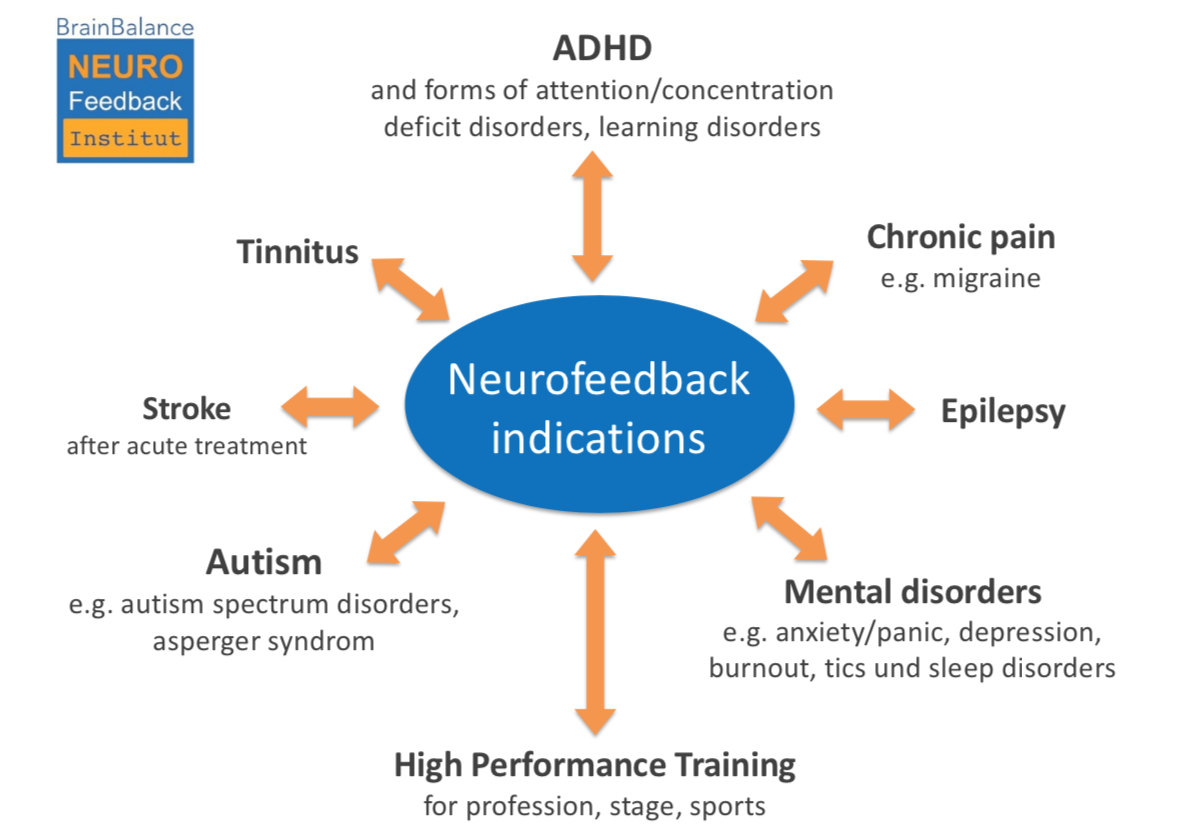Biofeedback is a method that teaches individuals how to control specific bodily processes by using indicators from their own bodies. This approach includes using sensors that track physiological responses such as heart rate, muscle tension, and skin temperature. By providing immediate feedback, individuals can learn to recognize their body's responses to pain and stress. This consciousness allows them to develop strategies to manage their pain more efficiently. For example, if a patient observes that their muscle tension rises when they are in pain, they can practice relaxation strategies to help reduce that tension.

One of the key advantages of biofeedback is that it enables individuals to take an active role in their pain control. Instead of depending solely on drugs or treatments from medical providers, individuals can learn to understand and control their own physiology. This sense of control can lead to enhanced confidence and a more optimistic outlook on life. Many individuals report feeling more in control of their pain and less like sufferers of their syndrome. This shift in perspective can substantially enhance their quality of life.
Studies has demonstrated that biofeedback can be effective in reducing chronic pain symptoms. Studies indicate that patients who employ biofeedback methods often undergo less pain and better physical function. Additionally, biofeedback can help lessen anxiety and stress, which are common issues for those living with chronic pain. By addressing both the physical and emotional aspects of pain, biofeedback offers a holistic approach to pain management. This comprehensive method can lead to superior outcomes for patients, allowing them to engage more completely in their routine activities.
In summary, biofeedback is a significant tool for revolutionizing chronic pain control. By educating patients to understand and control their physiological responses, biofeedback enables individuals to take control of their pain. This method try this not only helps reduce pain but also enhances overall quality of life. As more people look for alternatives to traditional pain control methods, biofeedback stands out as a promising option. With ongoing research and awareness, biofeedback could become an essential part of chronic pain therapy, helping patients lead more fulfilling, more satisfying lives.